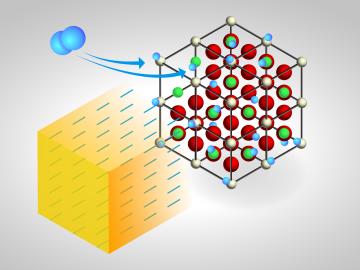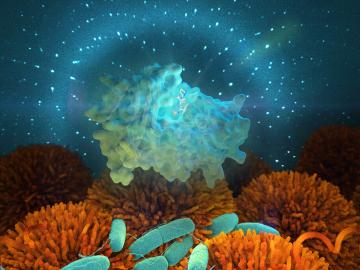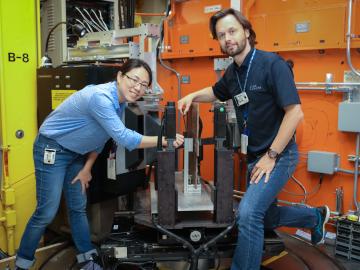Filter News
Area of Research
- (-) Materials (23)
- (-) Neutron Science (18)
- Advanced Manufacturing (5)
- Biological Systems (2)
- Biology and Environment (7)
- Clean Energy (42)
- Climate and Environmental Systems (1)
- Data (1)
- Fossil Energy (1)
- Fusion and Fission (1)
- Isotope Development and Production (1)
- Isotopes (1)
- National Security (2)
- Nuclear Science and Technology (6)
- Sensors and Controls (1)
- Supercomputing (17)
- Transportation Systems (1)
Media Contacts

A collection of seven technologies for lithium recovery developed by scientists from ORNL has been licensed to Element3, a Texas-based company focused on extracting lithium from wastewater produced by oil and gas production.

Scientists at ORNL have developed 3D-printed collimator techniques that can be used to custom design collimators that better filter out noise during different types of neutron scattering experiments

Electric vehicles can drive longer distances if their lithium-ion batteries deliver more energy in a lighter package. A prime weight-loss candidate is the current collector, a component that often adds 10% to the weight of a battery cell without contributing energy.
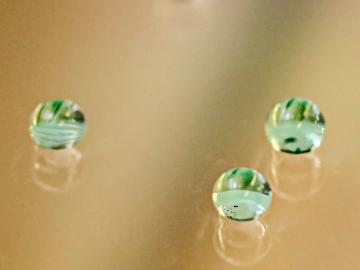
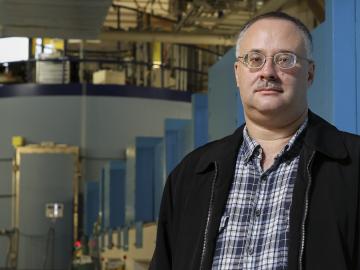
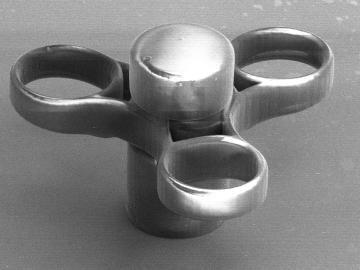
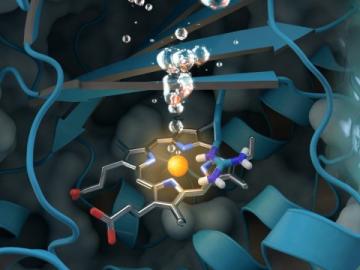
A new study sheds light on a unique enzyme that could provide an eco-friendly treatment for chlorite-contaminated water supplies and improve water quality worldwide. An international team of researchers led by Christian Obinger from the University of Vienna used neutron analys...
